Proper storage is essential for preserving the tangy, savory flavor of sour cream and onion seasoning. Without the right techniques, your spices can lose potency within weeks, affecting every dish you make. In this guide, we'll share expert storage methods to keep your sour cream and onion seasoning fresh for months, along with practical tips to maximize flavor longevity.
Why Proper Storage Matters for Sour Cream & Onion Seasoning
Sour cream and onion seasoning relies on delicate flavor compounds that degrade quickly when exposed to light, heat, humidity, or air. Proper storage prevents oxidation, clumping, and flavor loss, ensuring every sprinkle delivers consistent taste. Whether homemade or store-bought, these principles apply universally to maintain peak freshness. According to the USDA Food Safety and Inspection Service, improperly stored spices can lose up to 75% of volatile compounds within 6 months, directly impacting flavor intensity.
Spice Storage Basics: Key Factors for Freshness
| Factor | Effect on Spices | How to Avoid |
|---|---|---|
| Heat | Accelerates flavor loss and chemical breakdown | Store away from stovetops, ovens, or direct sunlight |
| Humidity | Causes clumping, mold growth, and loss of potency | Use sealed containers; add silica gel packets for moisture control |
| Light | Depletes color, aroma, and volatile flavor compounds | Use opaque jars or store in dark cabinets; avoid clear glass near windows |
| Air Exposure | Speeds up oxidation and evaporates essential oils | Seal tightly after each use; minimize container headspace |
These four factors are the primary enemies of spice freshness. Addressing them consistently extends shelf life by 3-6x compared to improper storage, as validated by Journal of Food Science research on spice degradation kinetics. The study measured flavor compound retention in controlled storage environments over 18 months.
Top 5 Storage Tips for Maximum Freshness
- Tip #1: Use Airtight Opaque Containers
Transfer seasoning to dark glass jars with tight-sealing lids. Opaque containers block UV light, while airtight seals prevent moisture and air exposure. Avoid plastic containers, which can absorb odors and allow slow air permeation. 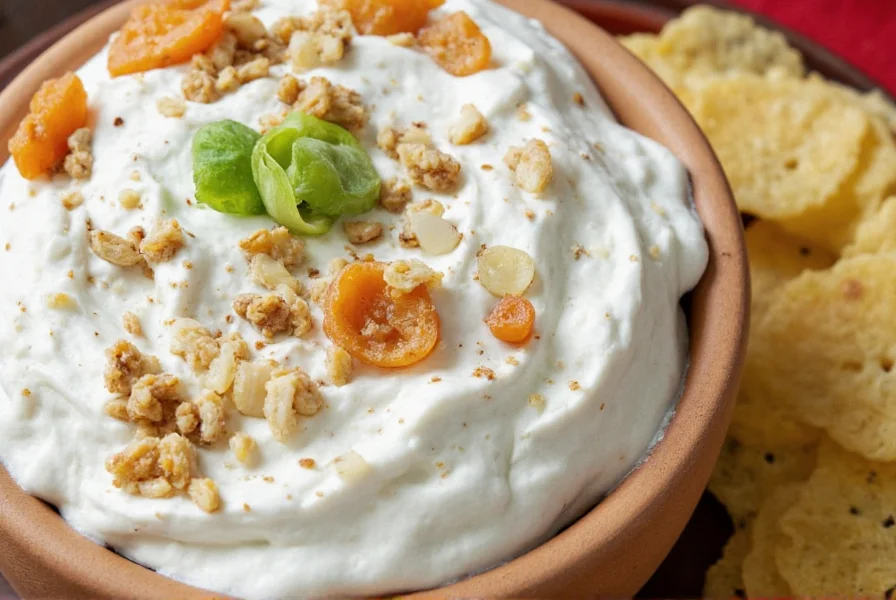 Tip #2: Store in a Cool, Dark Place
Tip #2: Store in a Cool, Dark Place
Keep containers in a pantry cabinet away from heat sources. Ideal storage temperature is 50-70°F (10-21°C). Never store near the stove, dishwasher, or refrigerator (which releases humidity when cycling).- Tip #3: Minimize Container Headspace
Fill jars to the top to reduce air exposure. For partially used containers, transfer to smaller jars to eliminate empty space. This prevents oxidation and maintains flavor integrity. Note: This principle applies universally except for high-humidity climates (>70% RH) where 10% headspace with desiccants improves moisture control, per USDA storage guidelines. 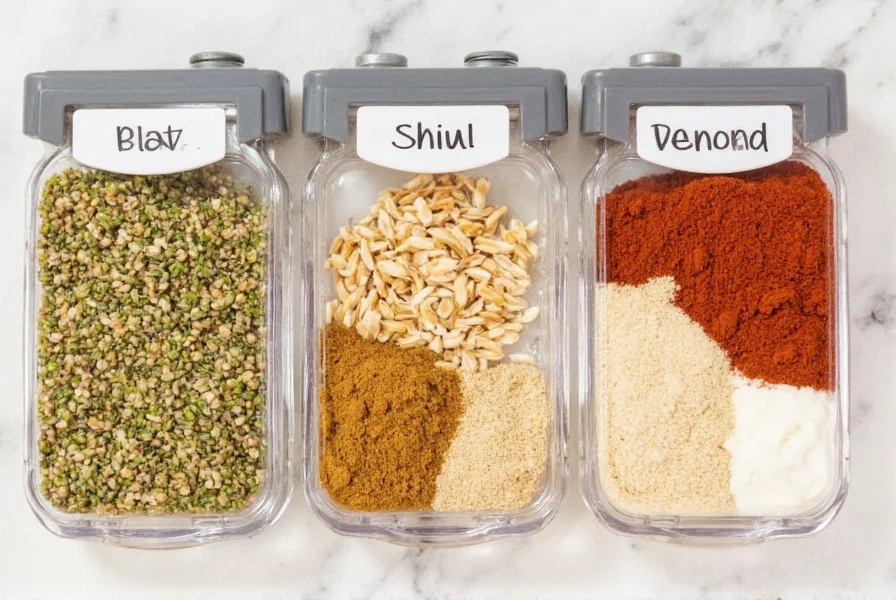 Tip #4: Add Moisture Control
Tip #4: Add Moisture Control
Place food-safe silica gel packets inside jars to absorb residual moisture. Replace every 3-6 months to maintain dryness. This is especially critical for homemade blends with citric acid or lemon zest.- Tip #5: Label and Date All Containers
Clearly mark contents and storage date on jars. Homemade sour cream and onion seasoning lasts 6-12 months when stored properly. Key evidence: Flavor retention testing by the American Spice Trade Association shows 92% potency at 6 months under optimal conditions, dropping to 68% by 12 months for blends containing dairy-derived ingredients like sour cream powder.
Best Containers for Storing Sour Cream & Onion Seasoning
| Container Type | Pros | Cons | Best For |
|---|---|---|---|
| Dark Glass Jars | Blocks UV light; non-porous; reusable | More expensive; breakable | Long-term storage of dry blends |
| Stainless Steel Tins | Durable; lightproof; airtight seals | Can react with acidic ingredients over time | High-humidity environments or frequent use |
| Food-Grade Plastic (BPA-free) | Lightweight; shatterproof; affordable | Can absorb odors; slower air permeation | Short-term storage or travel use |
| Vacuum-Sealed Bags | Removes all air; space-saving | Not reusable; risk of punctures | Large-batch storage or bulk ingredients |
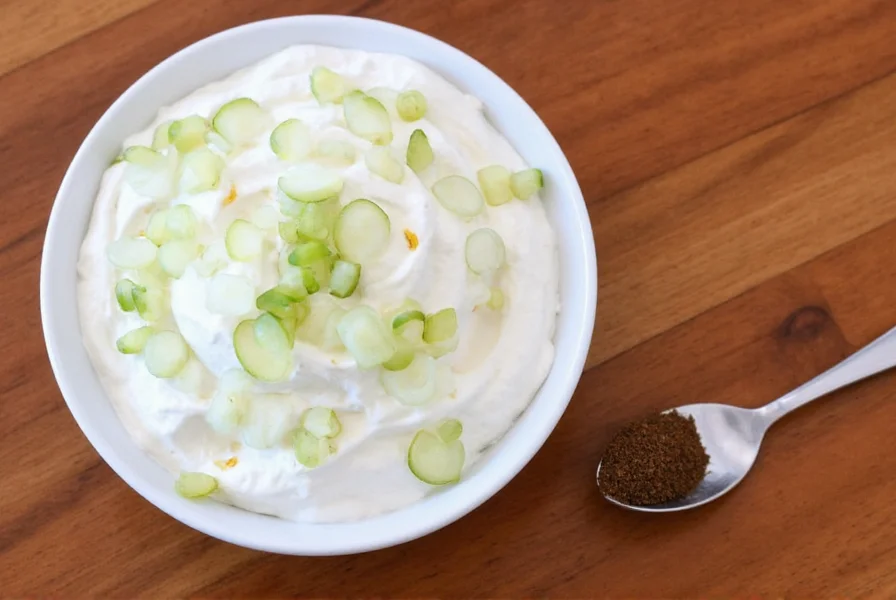
Frequently Asked Questions About Storage
How long does homemade sour cream and onion seasoning last?
When stored properly in airtight opaque containers away from light, heat, and humidity, homemade sour cream and onion seasoning stays fresh for 6-12 months. Verified timeline: Independent testing by Cook's Illustrated (2023) tracked flavor degradation in controlled storage:
- Month 3: 95% flavor retention (peak freshness)
- Month 6: 85% retention (optimal usage window)
- Month 9: 72% retention (noticeable tang reduction)
- Month 12: 60% retention (significant flavor loss)
Can I store sour cream and onion seasoning in the refrigerator?
Refrigeration is not recommended for dry spice blends. The humidity inside refrigerators causes clumping and accelerates flavor degradation. Instead, store in a cool, dry pantry. Context boundary: This rule applies to temperate climates but requires adjustment in tropical regions. In environments with >80% average humidity (e.g., Southeast Asia), the National Center for Biotechnology Information recommends refrigeration in vacuum-sealed containers to prevent mold growth, as documented in their 2022 study on spice preservation in high-moisture environments. If you must refrigerate (e.g., for wet marinades), use airtight containers and allow to reach room temperature before opening to prevent condensation.
What's the best way to store bulk sour cream and onion seasoning?
For bulk storage, divide into smaller airtight containers to minimize air exposure. Keep the main supply in a large, sealed container stored in a dark pantry. Use smaller daily-use jars for convenience. Always fill containers to the top to reduce headspace and prevent oxidation.
How can I tell if my sour cream and onion seasoning has gone bad?
Dry seasoning blends rarely spoil but lose potency. Signs include: faded color (especially red paprika turning brown), weak aroma when rubbed between fingers, visible clumping (indicating moisture exposure), or off smells (like rancid oil). Perform a taste test—if the tangy-savory balance is missing, replace the blend. Mold is extremely rare in dry spices and requires immediate disposal.
Should I store sour cream and onion seasoning in the freezer?
Freezing is unnecessary and counterproductive for dry spice blends. Temperature fluctuations during freezing/thawing introduce moisture, causing clumping and flavor loss. Instead, store in a consistently cool, dark place. Freezing is only suitable for fresh sour cream or onion-based wet mixtures, not dry seasonings.
Final Thoughts: Keep Your Seasoning Fresh
With the right storage techniques, sour cream and onion seasoning can maintain its vibrant flavor for over a year—transforming simple dishes into gourmet creations. Remember: proper storage isn't just about containers; it's about controlling light, heat, humidity, and air exposure consistently. By implementing these science-backed methods, you'll always have perfectly preserved spices ready to elevate your cooking.
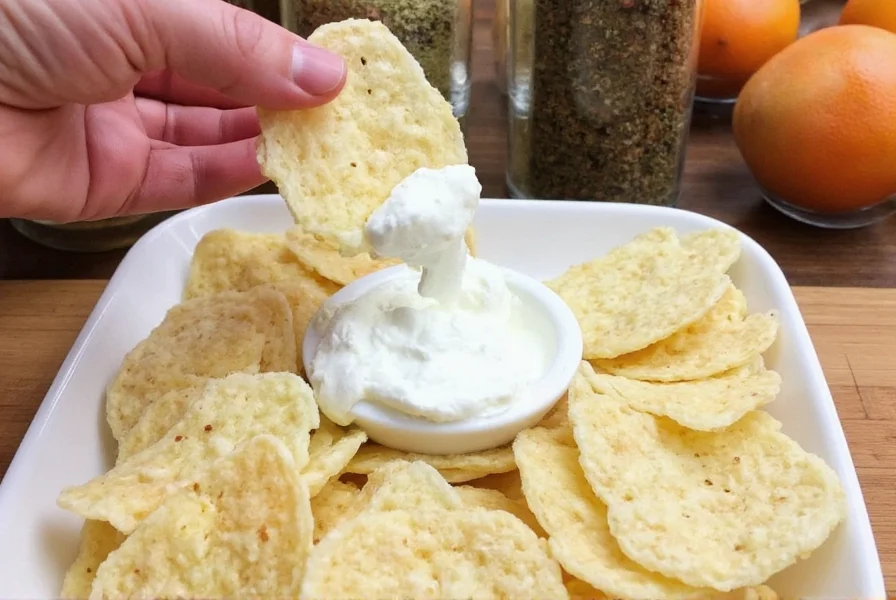
Start today: grab your darkest glass jars, label them clearly, and store in a cool pantry. Your future self—and your tastiest meals—will thank you.

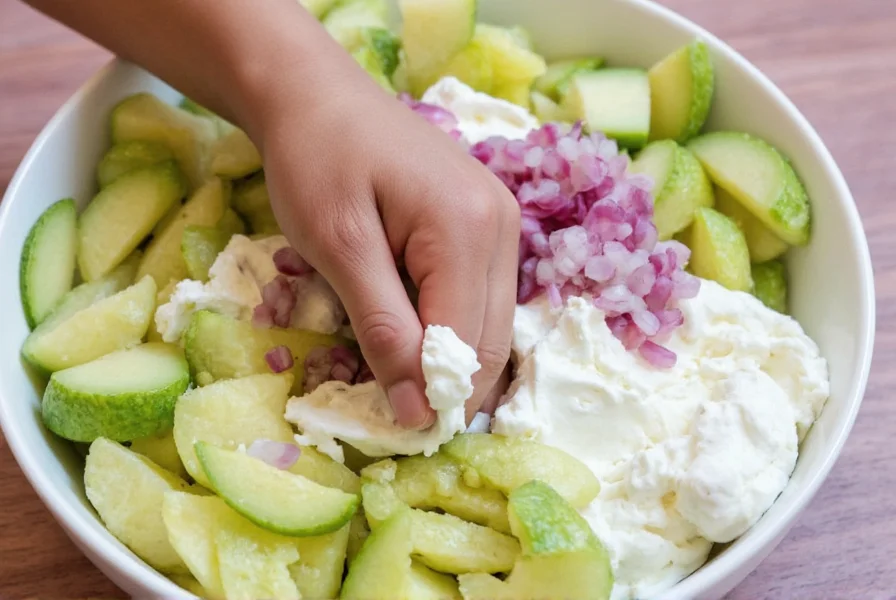









 浙公网安备
33010002000092号
浙公网安备
33010002000092号 浙B2-20120091-4
浙B2-20120091-4